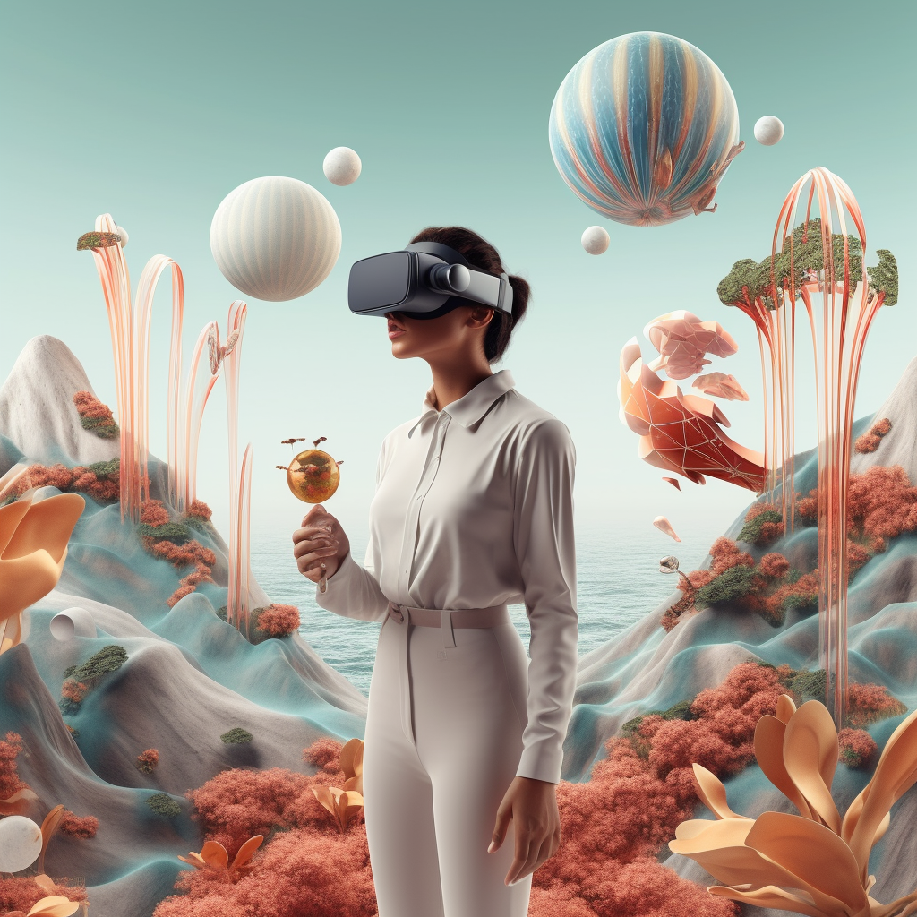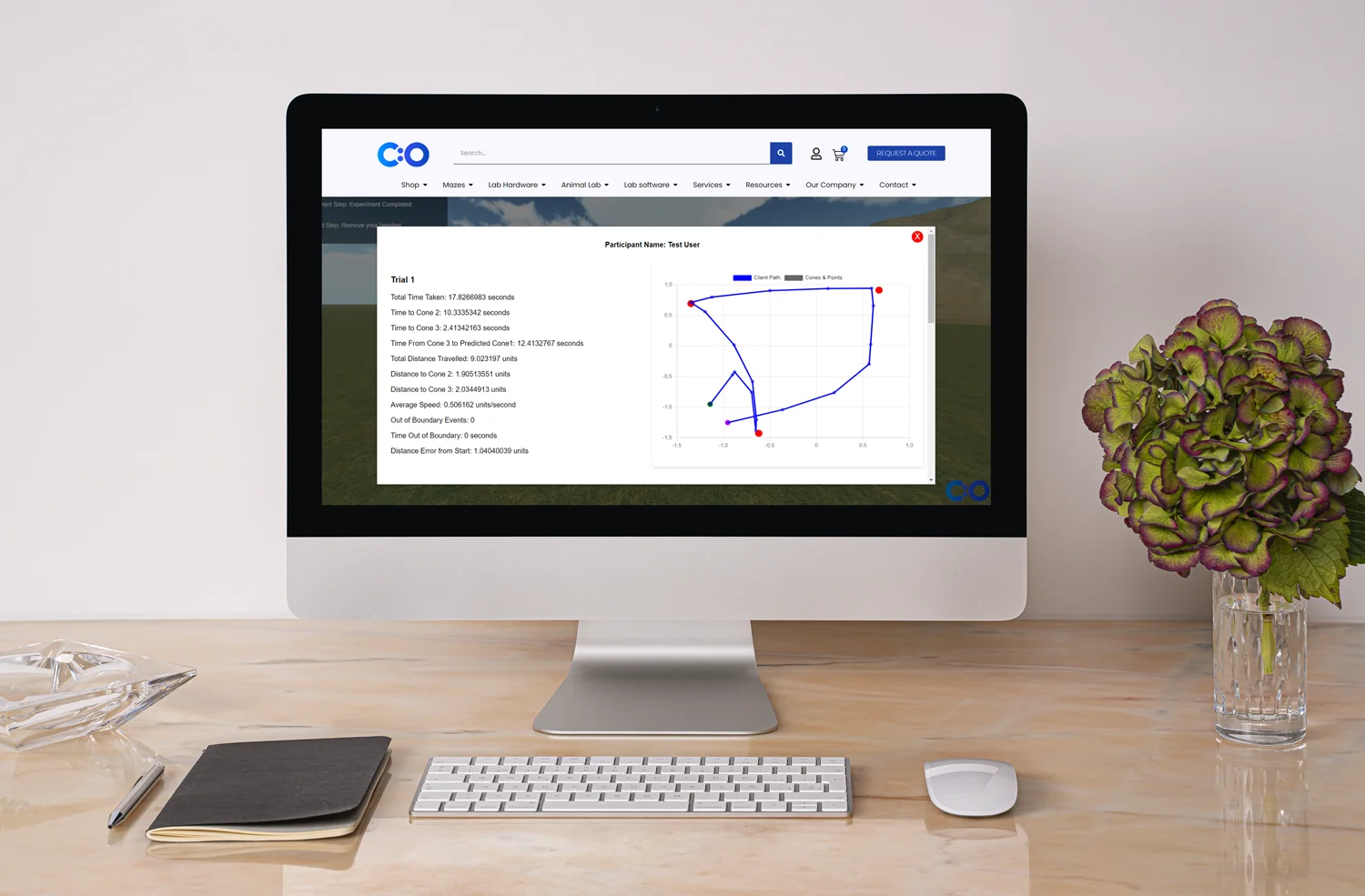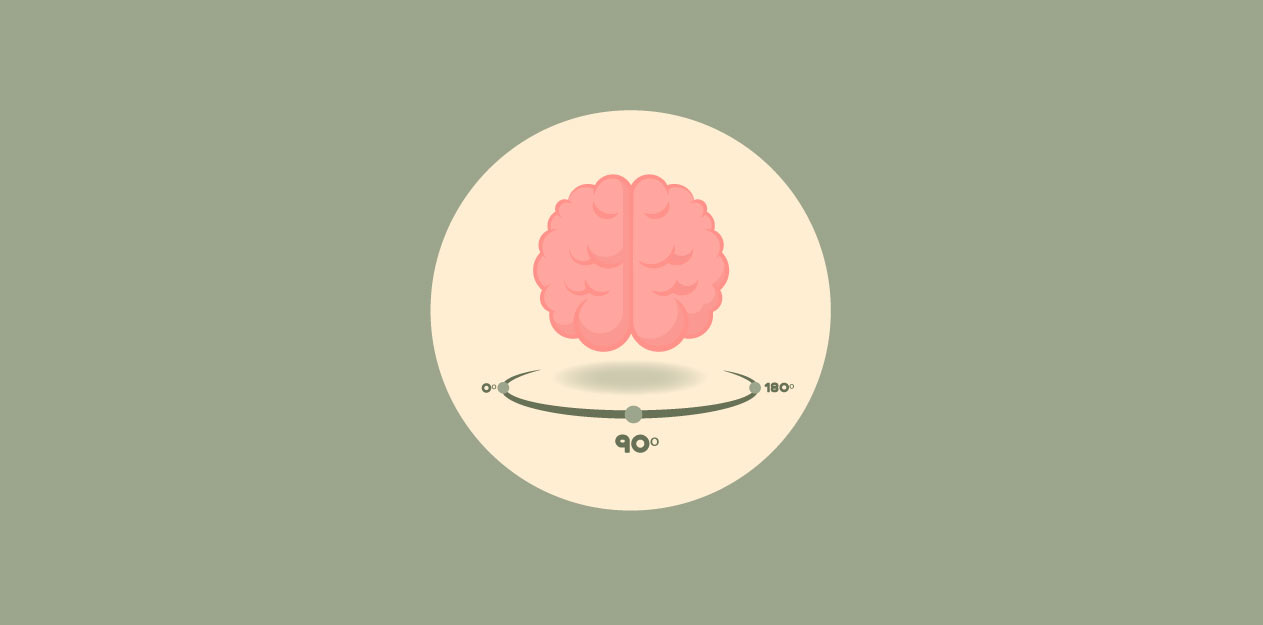

Before the Four Mountains Test was developed, several tests were used to assess spatial memory and cognitive function in humans. These early tests laid the groundwork for understanding the relationship between the hippocampus and spatial navigation.
One of the earliest tests for spatial memory in humans was the Corsi Block-Tapping Test. Developed in the 1970s, this test involves tapping a sequence of blocks in a specific order and then asking the participant to replicate the sequence. The Corsi Block-Tapping Test has been widely used to assess visuospatial working memory and has demonstrated significant correlations with hippocampal function (1).
The Four Mountains Test was developed in the early 2000s by researchers looking to create a test that could more accurately assess spatial memory in humans, particularly in clinical settings. The test involves showing participants a series of images of four distinct mountains from different perspectives and asking them to identify the correct view from memory. This task is designed to engage the hippocampus, making it a sensitive tool for detecting spatial memory impairments (5).
Additionally, a VR version of the Four Mountains Test has been developed, providing an immersive environment where participants navigate a virtual landscape. This VR version enhances the assessment by allowing for more dynamic and interactive evaluation of spatial memory and navigation skills (6).
The Four Mountains Test was validated through extensive research comparing performance between healthy individuals and those with known hippocampal damage. Neuroimaging studies, particularly those using functional magnetic resonance imaging (fMRI), showed strong correlations between test performance and hippocampal activity, confirming the test’s effectiveness in assessing hippocampal function (7).
Today, the Four Mountains Test is widely used in both clinical and research settings to evaluate spatial memory. Its applications include early diagnosis of Alzheimer’s disease, understanding the effects of hippocampal damage, and studying the development of spatial memory in children. The test’s design, which requires recognizing and reconstructing spatial relationships, provides a robust measure of cognitive mapping abilities (8).








Dr Louise Corscadden acts as Conduct Science’s Director of Science and Development and Academic Technology Transfer. Her background is in genetics, microbiology, neuroscience, and climate chemistry.
